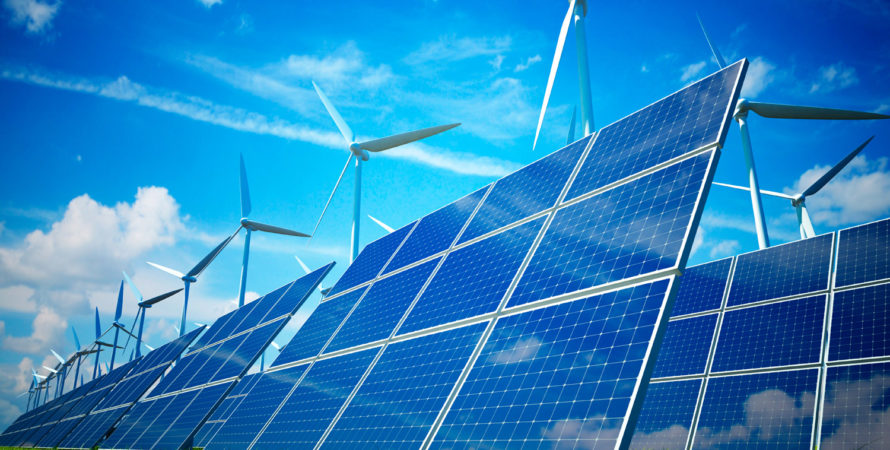In the midst of choppiness and vulnerability over many investment markets, enthusiasm for clean energy stays solid among investors, ranging from venture capital firms, investment banks to angel and strategic investors. The reasons are various, including investors’ inherent quest for “the next big thing,” and gaining of political, technology, or social power that make clean energy a standout investment target. However, the most convincing one may be the size and scope of the energy marketplace.
In the U.S. alone, energy is a $350 billion market yearly. Clean energy using technologies such as solar photovoltaics, wind power, microturbines, and fuel cells represent a fast-growing segment of the overall energy marketplace. Wind power and solar photovoltaics are the two largest clean energy sources, with their annual capacity growing by over 30%. In numerous districts in the U.S., wind power is currently the most cost-aggressive new energy source, averaging 4.5 cents per kilowatt hour (kWh), with construction, operation, and upkeep costs lower than most fossil fuel-powered power plants.
Multinational companies, including the oil supermajors, are warming to clean energy in addition to traditional investors. They together are committing billions of dollars to clean energy technologies. Some of the examples are listed below.
- Royal Dutch Shell said in 2017 that it would accelerate its move to alternative energy with plans to spend as much as $1 billion a year till 2020;
- ExxonMobil is allocating $1 billion annually to conduct basic research in low-carbon technologies;
- BP Amoco, which owns BP Solar, one of the world’s largest makers of solar panels, has committed $500 million over five years to cleantech development, and
- General Motors bought a significant stake of Quantum Technologies, a hydrogen-storage company that the automaker said would speed up the development of hydrogen fuel cells.
The above-mentioned so-called strategic investors not only invest in existing clean energy such as fuel cells, solar photovoltaics, microturbines, and many related systems and components surrounding these technologies but also in basic research to develop high-impact technologies.




China’s Rising Biotechnology Industry